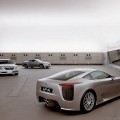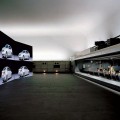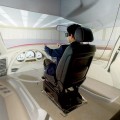-
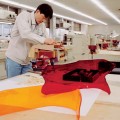 Lexus’s Global Push
Lexus’s Global PushThe Emphasis Is on Originality at the Automaker’s New Design Center
Architectural Digest
Inside the sleek new Design Center in Toyota City, Japan, much soul-searching is going on as Toyota, the world’s most powerful car company, takes its Lexus brand global nearly two decades after its creation. Toyota—the name literally means “rich field” in Japanese kanji—is a deeply conservative, unpretentious company that has risen to preeminence through superior management and production techniques rather than bold or original design. However, “global premium” markets, which include India, China and Russia, now demand much more liberal attitudes toward styling, as evidenced in the wide-mouth Audi grille, the flashy BMW “flame surfacing” and the bulging wheel arches of the newest Mercedes-Benz S-class.
Lexus, for most of the world, including Japan, has represented little more than a badge placed on a few higher-end Toyota models for sale in the United States and select European markets since 1989. So the massive company is finally mobilizing its top design lieutenants to create models unique to the Lexus nameplate and define a worldwide brand identity.
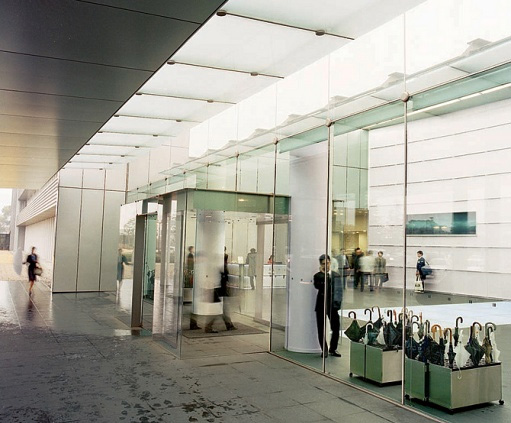
The Design Center in Toyota City, Japan, serves as the worldwide design hub for Toyota’s Lexus division. The complex includes the Toyota Technical Center, which bustles with auto suppliers.
“Why does a German car feel like a German car? Even if someone doesn’t know that history or culture well, they feel something different about it,” points out Wahei Hirai, managing officer of Toyota Motor Corporation. Hirai is in charge of all Toyota’s design and leads the rethinking of Lexus for worldwide consumption. “So I ask: ‘What are the authentic Japanese values?’ ” he continues. “Our own identity is something we haven’t had to think about before. After all, we’re Japanese; we don’t need to talk about what is Japan,” he adds with a smile.
When Hirai’s team queried a group of European teenagers about their opinion of Japanese design, they received a twofold reply: “On one hand it’s very innovative, modern and simple; on the other hand, very tiny, too advanced, many colors, strange and cheap-looking,” he recalls. “The first side is positive; they said it was cool. But why do they feel this is Japan? If we can answer this, maybe we can create good Japanese things in the future,” says Hirai.
Bottling cool can be elusive, but recent Lexus designs indicate success: The new IS and GS and the forthcoming LS 460 are sophisticated, attractive cars sharply differentiated from their European competitors. The range is unique in that the models share few design cues—the “family” look adopted by all the German manufacturers is avoided. This diversity—part of a global strategy to have vehicles suitable for all markets—is achieved by appointing individual design teams to each car line and letting them define the Japanese-ness Hirai seeks on their own.
“The German high level is well established and synonymous with wealth and success. We’re just starting; if we follow them, no Japanese will want us, because it’s always easier and clearer to get the original, so we need our own philosophy,” Hirai maintains. In design terms that translates to a unique set of proportions that influences the Lexus silhouette. Then there’s the pesky issue of a grille. “BMW and Mercedes have had their grilles forever, so it’s kind of strange that we suddenly have one too, so ours is always a bit lower in relation to the headlamps. The European one is higher and representative of status and a powerful engine.”
In referring to the widely held view that Japanese design fosters the sleek and modern and the derivative and clichéd, simultaneously, Hirai is circumspect. “Maybe in a Western country these sides compromise or fight each other, but in Japan we try to harmonize and then create a completely new value,” he explains. When asked what luxury means to him, Hirai replies that luxury has a spiritual aspect: “Very mixed things: exciting but calm, happy but sad—those kinds of emotional things are luxury, and the mind has to be ready to feel it, to sense it. That’s luxury, instead of expensive or gorgeous.” Americans evidently agree—Lexus has been the best-selling premium car in the United States for six years running. Working overtime in the new Design Center, Hirai and his team are determined to convince the rest of the world. MG
http://www.architecturaldigest.com/homes/homes/archive/lexus_article_062006




